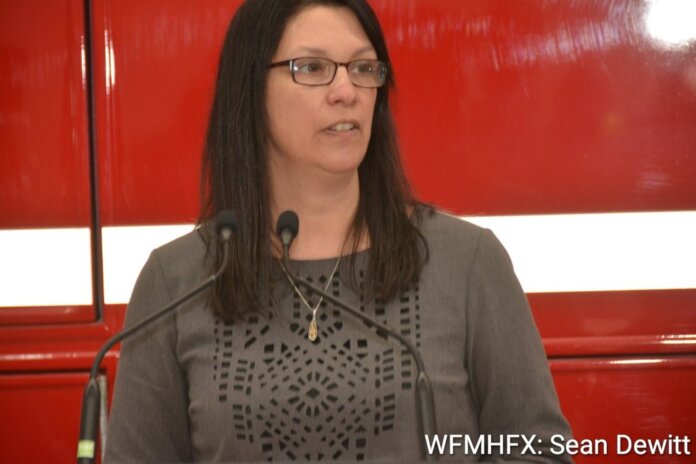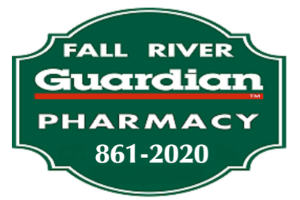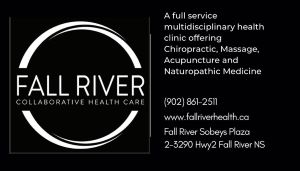
HALIFAX: Nova Scotians who need to travel to other parts of the province for surgery will continue to receive support for travel and accommodation.
The province has extended the In-province Travel Assistance Pilot Program to Support Surgical Access for another year.
The program reduces out-of-pocket costs for eligible, lower-income patients who must travel within the province for scheduled surgery, or endoscopy or cystoscopy procedures, including for the day of their surgery/procedure and some related appointments.
“Improving and increasing access to healthcare includes helping Nova Scotians reduce the financial burden associated with travelling to other parts of the province to receive a surgery or procedure,” said Health and Wellness Minister Michelle Thompson.
ADVERTISEMENT:
“This program may also help some patients get their surgery or procedure sooner if they can travel to a location with a shorter wait time.”
The pilot, which began June 1, 2023, is extended to May 31, 2025.
It provides reimbursement for:
– transportation costs at $0.58 per kilometre when using personal vehicles
– accommodation costs of up to $85 per night if travelling more than 50 kilometres (one-way)
– transportation and accommodation costs for someone to travel with the patient if necessary.
ADVERTISEMENT:
To be eligible for the program, Nova Scotians must:
– have a confirmed surgery, endoscopy or cystoscopy procedure date
– be on the Nova Scotia Health wait list for surgery, or an endoscopy or cystoscopy procedure
– be a resident of Nova Scotia with a valid health card
– have a gross family income of less than $35,000 per year
– not have private insurance that covers travel or accommodation costs.
People can apply at: https://beta.novascotia.ca/surgical-access-initiative-program
ADVERTISEMENT:
Providing the care Nova Scotians need and deserve is a key solution in Action for Health, the government’s plan to improve healthcare in Nova Scotia.
Quick Facts:
– 43 patients received financial support through the program in 2023-24
– endoscopy procedures use an endoscope or thin tube to look inside the upper (throat, stomach) or lower (colon, bowel) gastrointestinal tract
– cystoscopy procedures examine or repair tissues inside the bladder using a cystoscope, a thin tube with a camera and light inserted through the urethra































